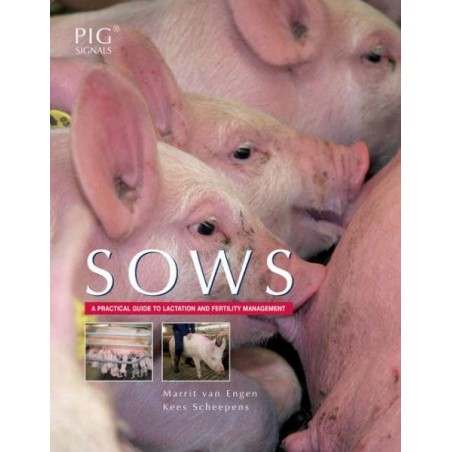The objective of the present study was to investigate the effects of dietary-induced insulin enhancement during the late luteal phase on subsequent fertility of gilts. Fifty-two littermate cyclic gilts were subjected to dietary treatments where two energy sources were tested: corn starch (T1) and soybean oil (T2). The experimental diets were supposed to provide similar amounts of dietary energy, but from different sources. Gilts were fed ad libitum, starting day 8 of the estrous cycle, until the next standing heat. Blood sampling was performed in a subgroup of 20 gilts on days 14 and 21 of the cycle for analyses of glucose and insulin, and after ovulation detection until 18 h after ovulation for progesterone. All gilts were slaughtered on day 28 of pregnancy and the reproductive tracts recovered for further analysis.
T1 gilts showed higher postprandial insulin peak on days 14 and 21 and lower glucose levels 4 h after feeding on day 14 (P<0.05), however, there were no treatment effects on plasma progesterone concentrations. Dietary energy sources did not affect average daily feed intake, body weight and backfat on day 28 of pregnancy. Estrous cycle length, estrus duration and time of ovulation were not affected by previous nutritional treatments either. T1 gilts showed higher ovulation rates, number of embryos, embryo weight and placental weight (P<0.05). There were no treatment effects on pregnancy rate, embryo survival rate and volume of amniotic fluid. A positive correlation between progesterone concentration 18 h after ovulation and ovulation rate was observed (r=0.75; P<0.01).

These results suggest that it is possible to manipulate dietary insulin response in cyclic gilts and, thus, improve reproductive efficiency when feeding starch as the main energy source during the late luteal and follicular phases of the cycle.
F.R.C.L. Almeida, G.S. Machado, A.L.C.C. Borges, B.O. Rosa and D. O. Fontes. Consequences of different dietary energy sources during follicular development on subsequent fertility of cyclic gilts. animal / Volume 8 / Issue 02 / February 2014, pp 293-299. DOI: http://dx.doi.org/10.1017/S1751731113002115




